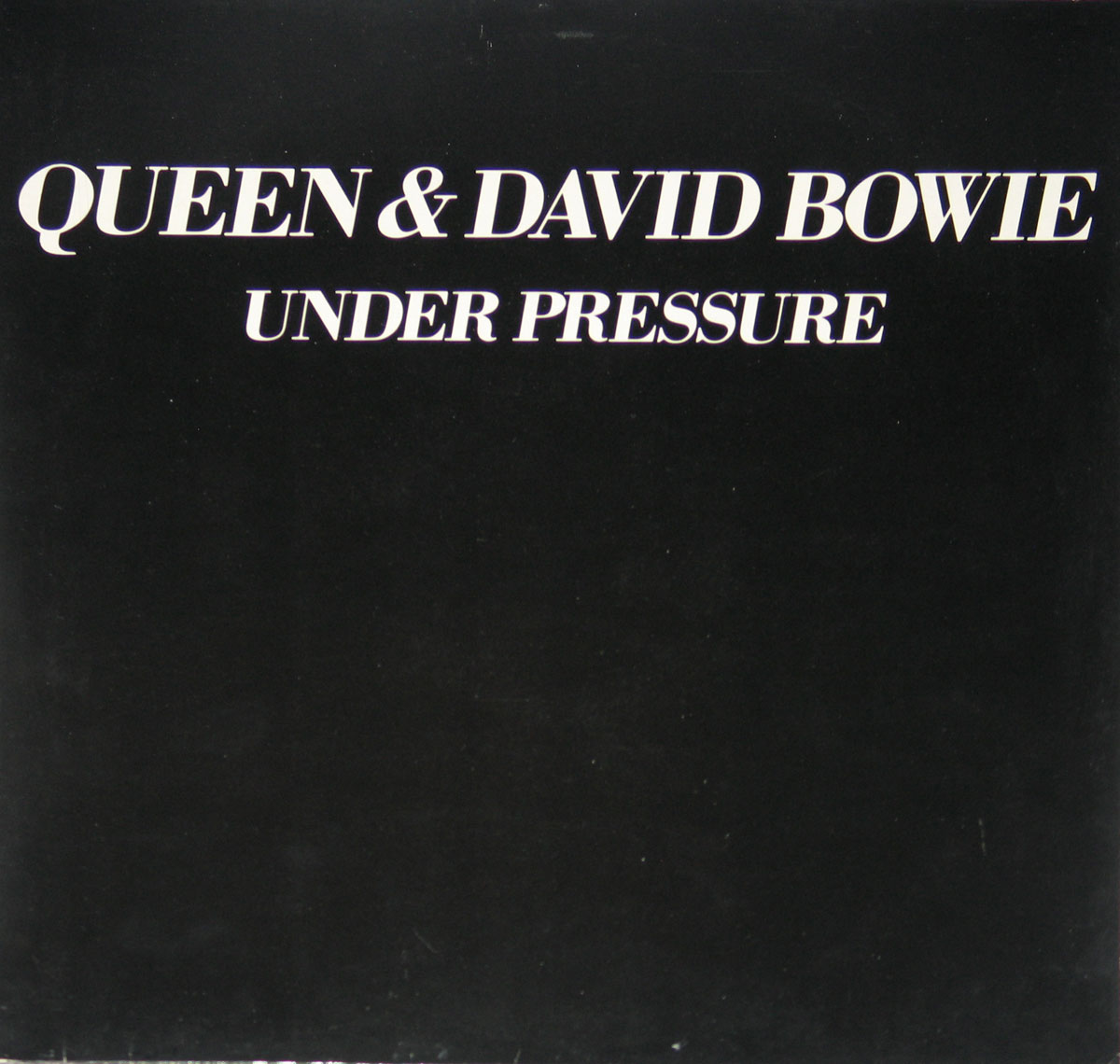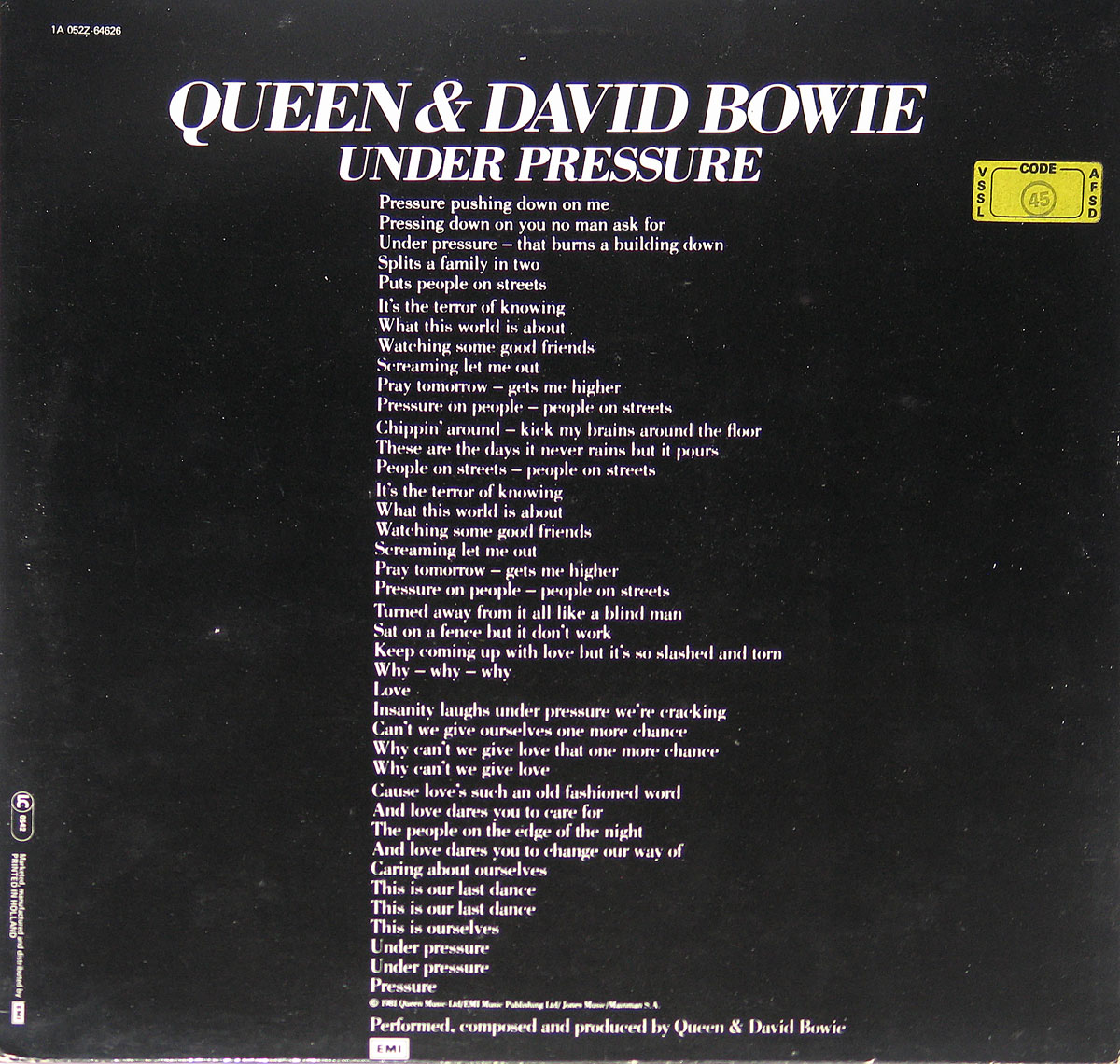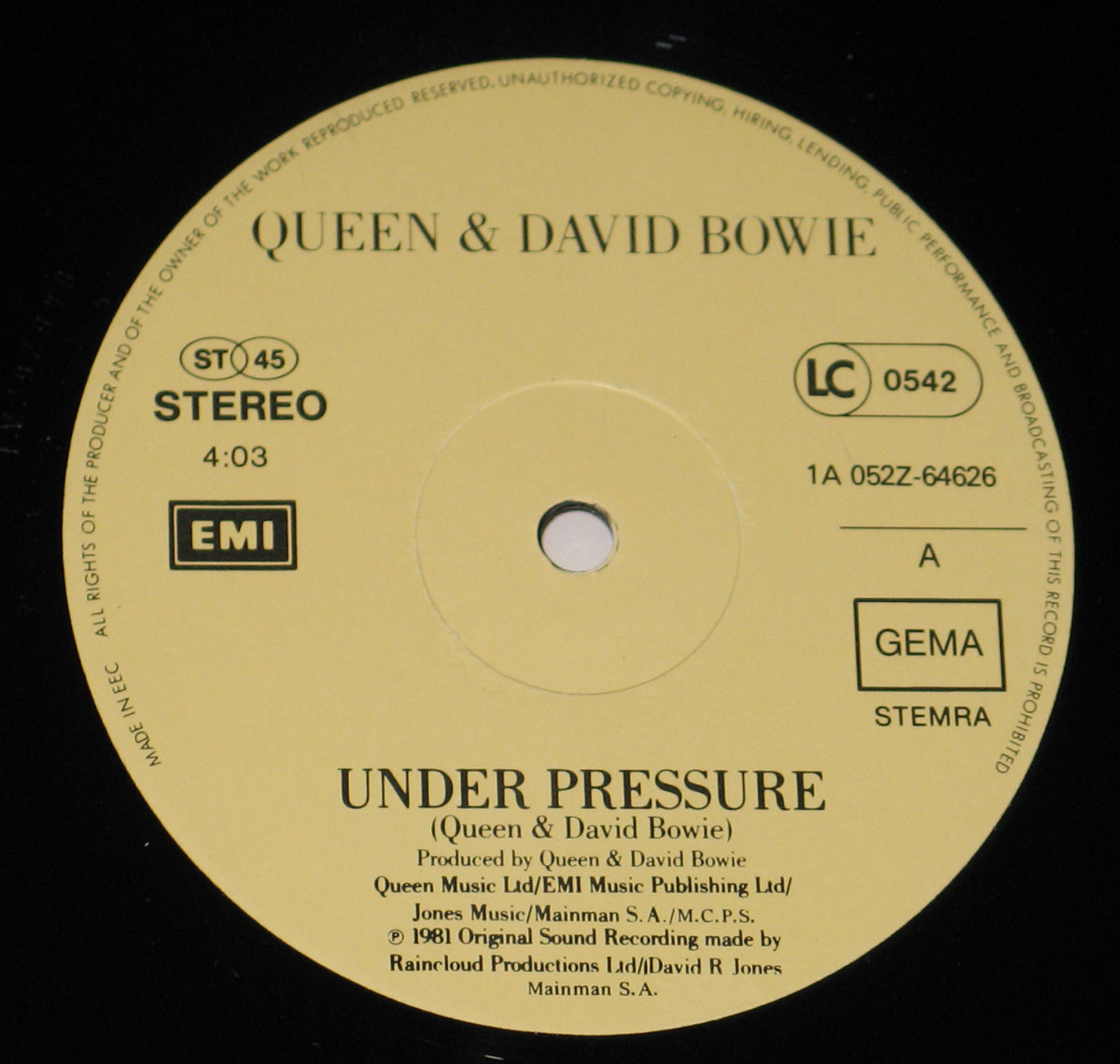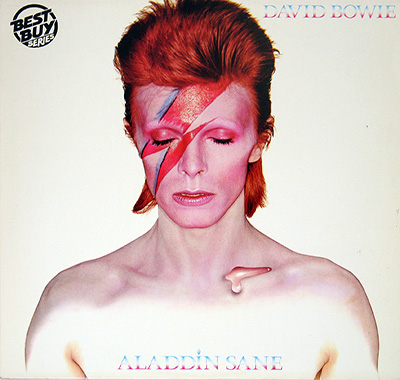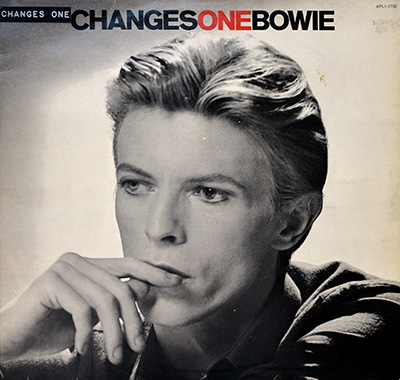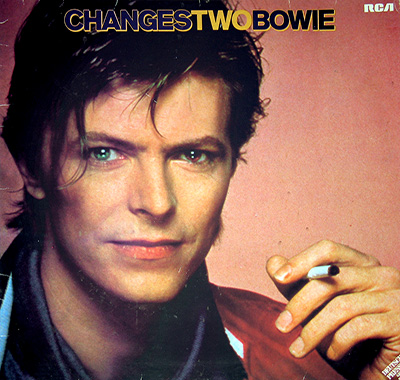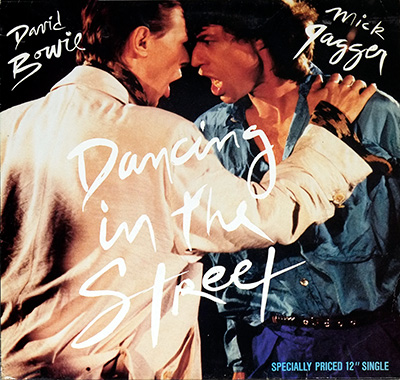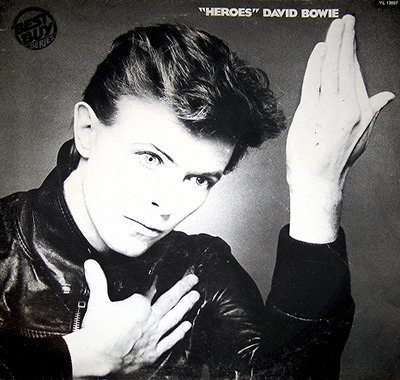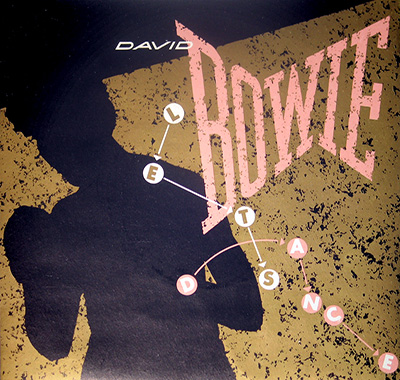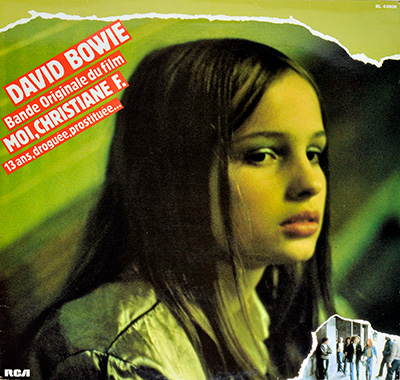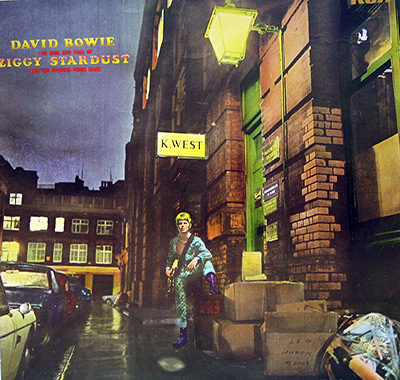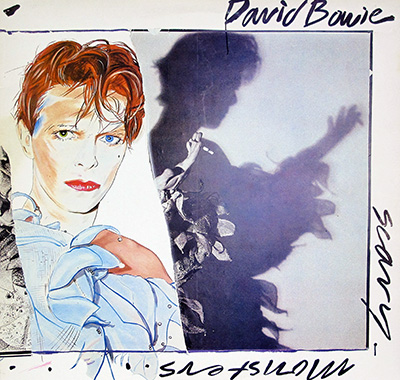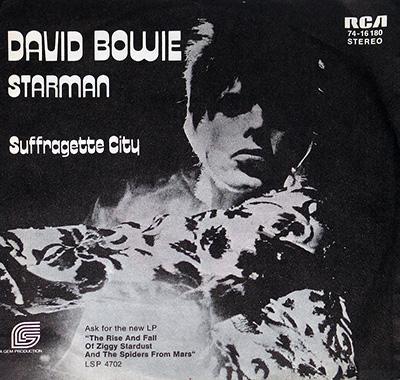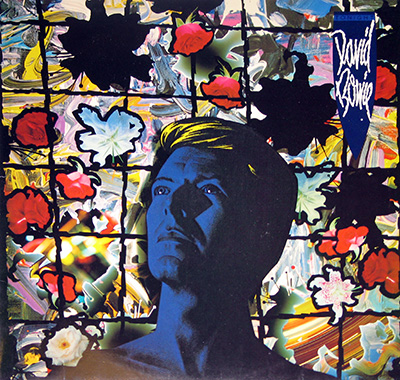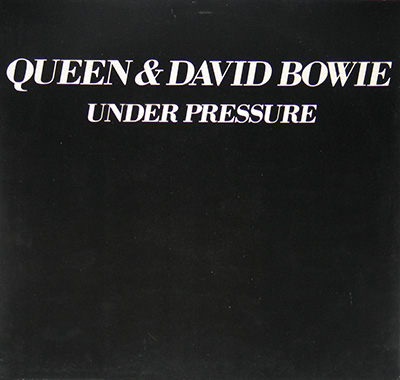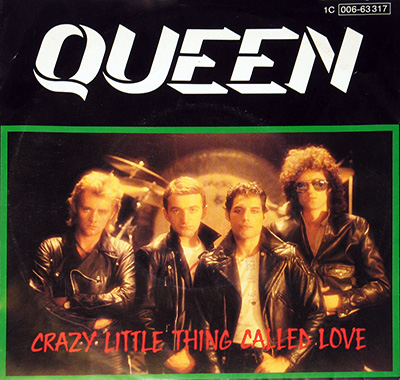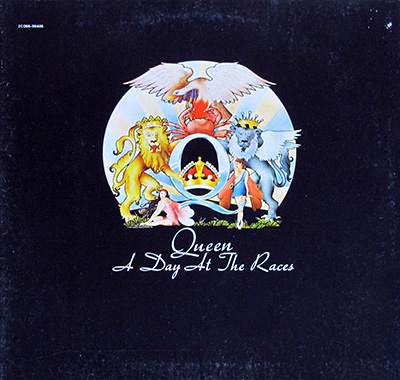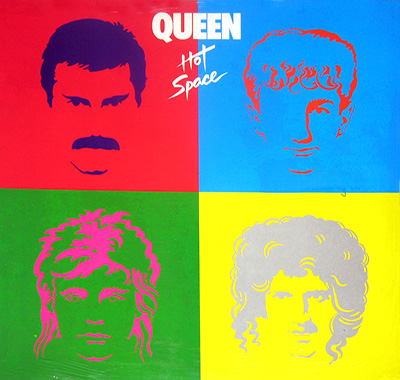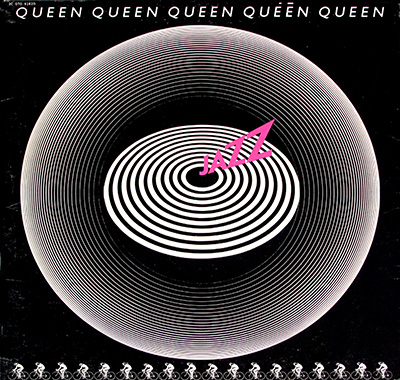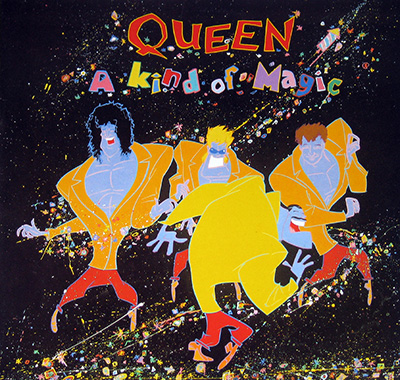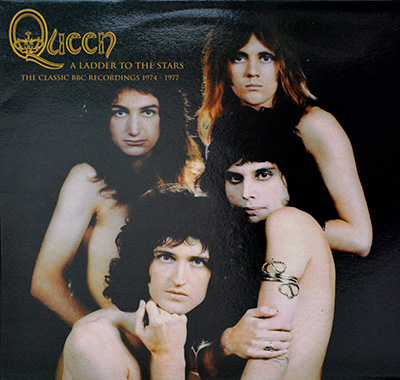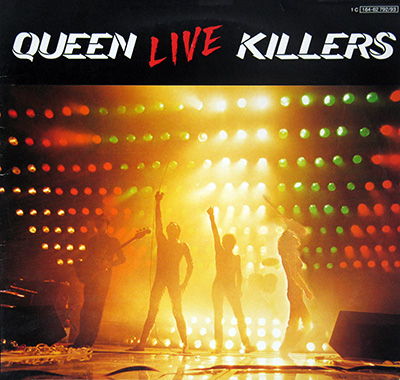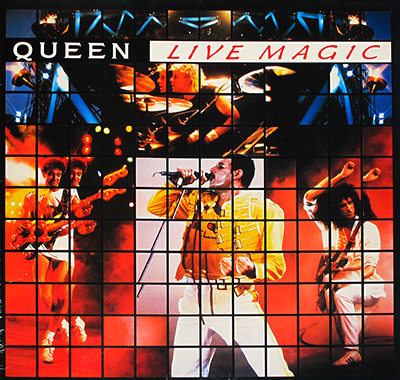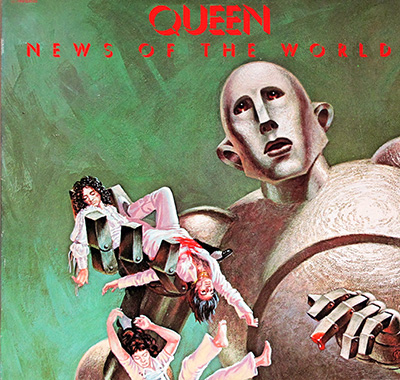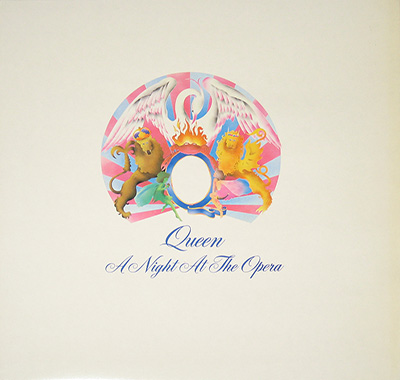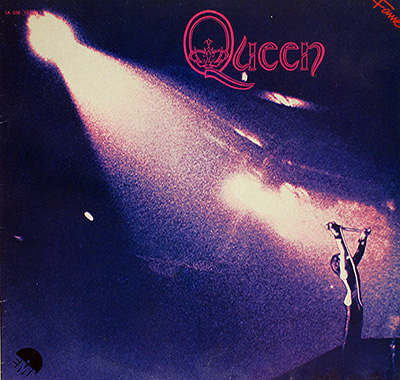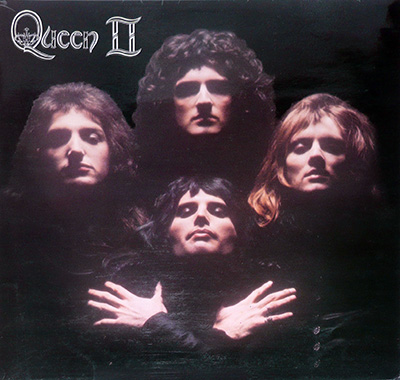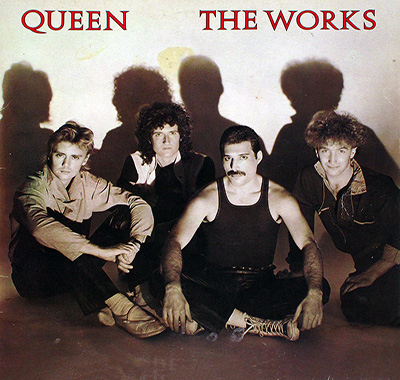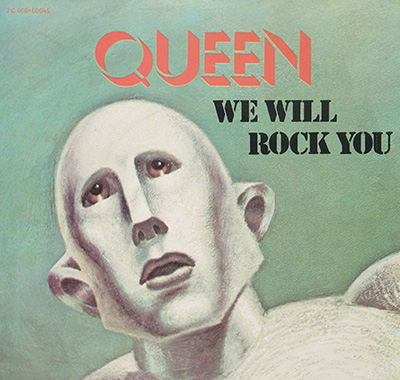In the summer of 1981, two music titans crossed paths unexpectedly in Mountain Studios, Montreux, Switzerland. Queen, the British rock band known for their flamboyant style and theatrical performances, was recording their album "Hot Space." David Bowie, the enigmatic chameleon of rock, was in town working on other projects. A jam session sparked a musical collaboration that would transcend genres and leave an enduring mark on rock history.
Historical Context and Musical Exploration
The early 1980s was a time of musical experimentation and genre-bending. Queen, known for their anthemic rock operas and hard rock sound, ventured into funk and dance-pop territories with "Hot Space." Bowie, ever the innovator, was transitioning from his experimental Berlin Trilogy to a more commercially accessible sound. The chance meeting of these two artists, each with their own distinct style and influences, resulted in a unique fusion of rock, funk, and soul.
A Song Born from a Jam Session
"Under Pressure" was born from a spontaneous jam session. The song's iconic bassline, reportedly improvised by John Deacon, set the groove for the track. Bowie and Freddie Mercury's vocals, both powerful and emotive, intertwined seamlessly, creating a dynamic vocal interplay. The lyrics, co-written by the entire band and Bowie, delved into themes of societal pressure and personal struggles, resonating with listeners worldwide.
Production and Recording
The song was produced by Queen and David Bowie themselves, ensuring their creative vision was realized. The recording process was a collaborative effort, with each artist contributing their unique ideas and talents. The resulting track showcased a blend of Queen's signature rock sound and Bowie's experimental flair. Mountain Studios, where the song was recorded, provided a conducive environment for creativity and collaboration.
Genre-Bending Sound
"Under Pressure" defied categorization. It was a rock song with a prominent funk groove, featuring elements of soul and pop. The song's innovative sound reflected the musical experimentation of the early 1980s, when artists were blurring genre boundaries and exploring new territories. This genre-bending approach resonated with audiences and critics alike, making "Under Pressure" a commercial and critical success.
The Music Video: A Visual Representation
The music video for "Under Pressure," directed by David Mallet, further solidified the song's iconic status. It featured a montage of historical footage and clips of Queen and Bowie performing in the studio, capturing the song's energy and emotional intensity. The video's popularity on MTV helped propel the song to even greater heights, reaching a wider audience and solidifying its place in popular culture.
12" Vinyl Maxi-Single Release
The song was released as a 12" vinyl maxi-single, a format popular in the early 1980s for extended mixes and dance remixes. The maxi-single featured the original album version of "Under Pressure" along with "Soul Brother," an instrumental track also recorded during the Montreux sessions. The 12" format allowed for enhanced sound quality and longer playing time, making it a desirable collectible for fans and audiophiles.
Live Performances and Legacy
"Under Pressure" became a staple of Queen's live performances, often serving as a powerful encore. The song's anthemic quality and emotional resonance made it a crowd-pleaser, eliciting sing-alongs and creating an unforgettable atmosphere. The song's enduring popularity led to numerous covers and remixes by various artists, further cementing its status as a classic.
Controversies
The release of "Under Pressure" wasn't without its controversies. There were disagreements regarding songwriting credits, with bassist John Deacon claiming to have written the iconic bassline, a claim disputed by Bowie. Despite these disagreements, the song's success solidified its status as a collaborative mast
erpiece.
Queen & David Bowie's "Under Pressure" remains an iconic song, a testament to the power of chance encounters and creative collaboration. Its genre-bending sound, powerful vocals, and meaningful lyrics have resonated with generations of music lovers. The 12" vinyl maxi-single, a tangible reminder of the song's historical significance, continues to be sought after by collectors and enthusiasts, further solidifying its place in music history.
